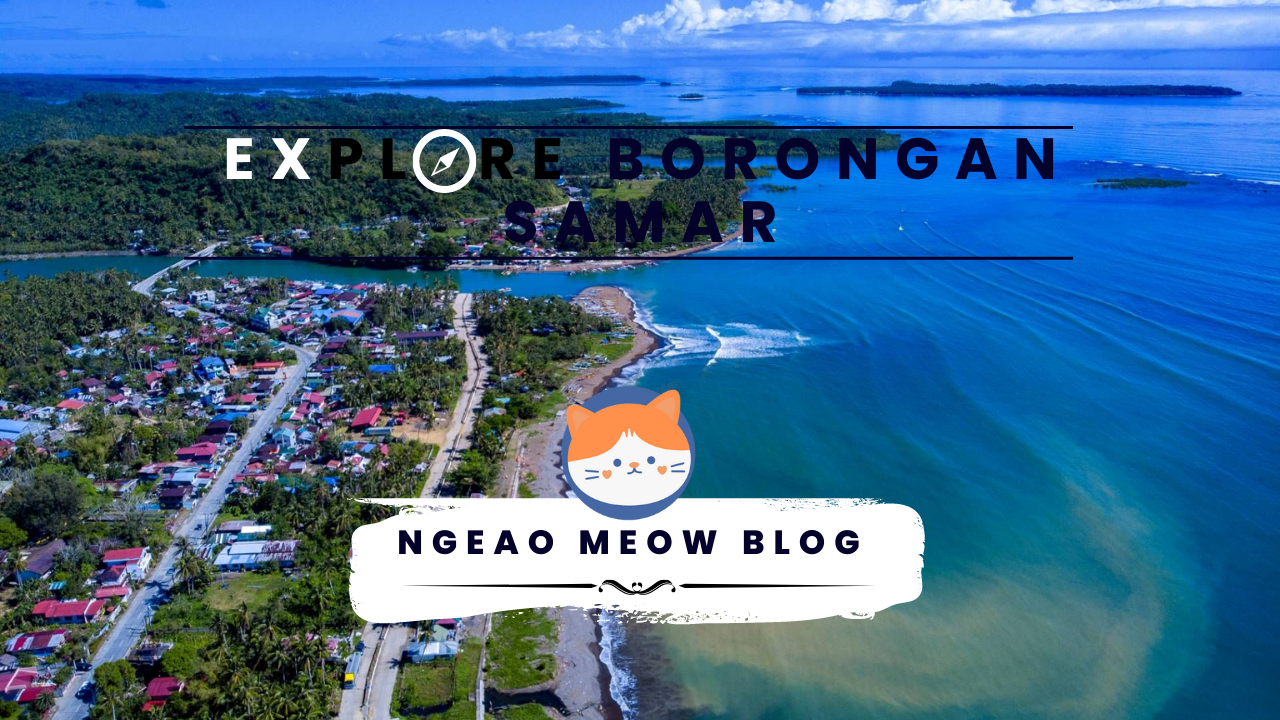
Borongan is a city located in the province of Eastern Samar, Philippines. The latest population data for Borongan was based on the 2020 Census of Population and Housing conducted by the Philippine Statistics Authority (PSA). According to the PSA, Borongan has a total population of 70,359 as of 2020.
As for the status of Borongan, it is a 3rd class city and serves as the capital of Eastern Samar. The city has a total land area of 475.00 square kilometers and is divided into 61 barangays (villages). Borongan is known for its rich natural resources and scenic views, including the Sohoton Caves, Divinubo Island, and the Sulangan Beach. It also serves as the commercial center of Eastern Samar, with a number of businesses, banks, and government offices located within the city.
Borongan, being located in the Eastern Visayas region of the Philippines, is known for its unique and delicious native delicacies. Some of the popular delicacies in Borongan include:
- Binagol – a sweet dessert made from grated taro root mixed with coconut milk, sugar, and peanuts. The mixture is then wrapped in banana leaves and steamed until cooked.
- Moron – a sweet rice cake made from glutinous rice mixed with coconut milk, sugar, and chocolate. It is then wrapped in banana leaves and steamed until cooked.
- Suman – a traditional Filipino rice cake made from glutinous rice cooked in coconut milk and wrapped in banana leaves. It can be served plain or with various toppings like sugar, grated coconut, or chocolate.
- Pintos – a type of rice cake made from glutinous rice cooked with coconut milk and sugar, and then wrapped in banana leaves.
- Kalag-kalag – a type of steamed rice cake made from rice flour, coconut milk, and sugar. It is often served with grated coconut on top.
These are just some of the delicious native delicacies you can try when visiting Borongan, Samar.
How to get there?
There are different ways to travel to Borongan, Samar, depending on your location and preferences. Here are some of the options:
- By Air – The nearest airport to Borongan is the Borongan Airport, which is located about 5 kilometers from the city proper. However, as of my knowledge cut-off date in 2021, the airport is not yet operational for commercial flights. The nearest major airports are the Tacloban Airport and the Catarman Airport, which are both approximately 2 to 3 hours away from Borongan by land transportation.
- By Land – Borongan is accessible by land transportation from major cities in the Philippines such as Manila, Cebu, and Tacloban. You can take a bus or van from these cities and travel to Borongan via the Pan-Philippine Highway or the Eastern Samar Circumferential Road.
- By Sea – You can also travel to Borongan via sea transportation. There are passenger ships and ferries that operate from Manila, Cebu, and other major ports to the nearby ports of Allen, Northern Samar, and Liloan, Southern Leyte. From there, you can take a bus or van to Borongan.
Once you arrive in Borongan, you can get around the city by tricycle, jeepney, or motorcycle.
History
Borongan, Samar has a rich and interesting history that dates back to the pre-colonial era. Here’s a brief overview of its history:
- Pre-colonial Era – Borongan was originally inhabited by the Sulod and Waray ethnic groups, who were believed to have migrated from other parts of the Philippines. They practiced a unique culture and way of life, which included fishing, farming, and trading with neighboring communities.
- Spanish Colonization – In the late 16th century, the Spanish colonizers arrived in Borongan and established a settlement in the area. They introduced Christianity and built several churches and other structures, which still exist to this day. However, the locals resisted the Spanish colonization and engaged in several uprisings and revolts.
- American Period – During the American colonial era, Borongan became a center of trade and commerce in Eastern Samar. It also played a significant role in the Philippine Revolution and the resistance against the American occupation.
- World War II – Borongan was heavily affected by World War II, with many of its structures and buildings destroyed during the conflict.
- Post-war Reconstruction – After the war, Borongan underwent a period of reconstruction and development. It became a chartered city in 2001 and is now a thriving center of commerce, culture, and tourism in Eastern Samar.
Today, Borongan is known for its rich cultural heritage, natural beauty, and friendly locals. Its history is a testament to the resilience and strength of its people, who have overcome various challenges and obstacles throughout the centuries.

